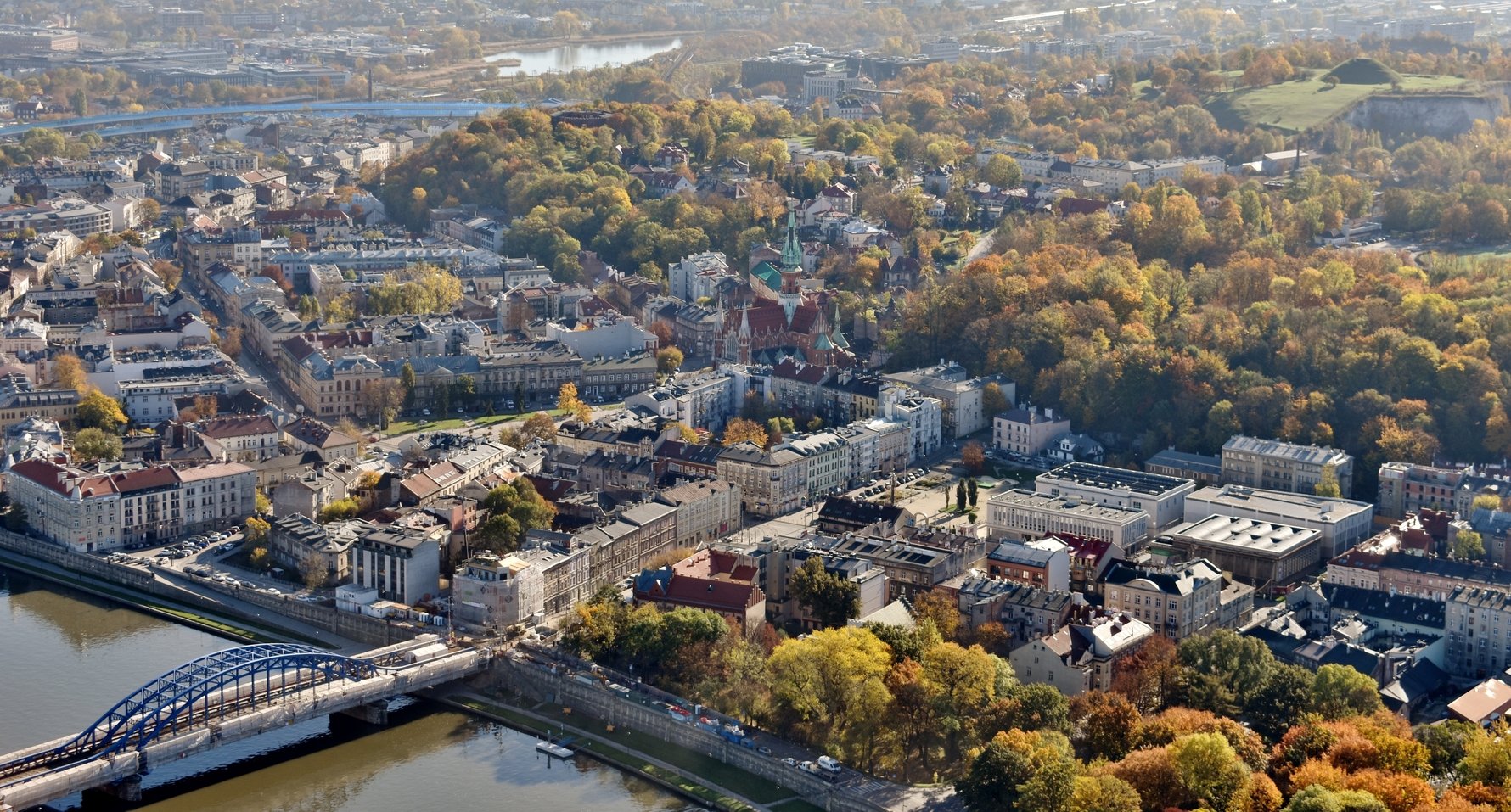
Traces of the Ghetto are still visible today, and Podgórze’s wartime history and 20th century connections to Oskar Schindler remain what people most associate with the district today. However, Podgórze has a long history which dates back over 10,000 years ago to the city’s founding myth. Legend explains Podgórze’s Krakus Mound as the burial place of the city’s first ruler, and scientific studies have proven it to be Kraków’s most ancient structure, dating back to the Iron Age. Podgórze also has a proud tradition of independence, having been granted the rights of a free city in 1784 by the Austrian Emperor Joseph II. Incorporated into greater Kraków in 1915, the district proudly reasserted its independence when on October 31st, 1918 local militants led by Antoni Stawarz seized control of the district from the Austrian Army in what is regarded as the first action of the Second Republic of Poland following WWI.
Although slow to develop in the years after the fall of communism, the opening of the world-class Schindler’s Factory Museum in 2010 not only helped the city come to terms with the ghosts of the Holocaust, it also established Podgórze as a bona fide destination for tourists. The construction of the Bernatek footbridge soon afterwards opened the floodgates even further, creating a direct link from Plac Wolnica (the town square of Kraków's Kazimierz district) to Rynek Podgórski (town square of Podgórze) and leading to a burst of cafes and restaurants on the Podgórze side of the river. Today Podgórze is accepted as an obligatory part of the Kraków tourist trail, but still retains an evocative atmosphere of anguish and independence that sets it apart from Kraków’s other neighbourhoods. To get the most out of a visit to the neighbourhood, make time to explore its mysterious, lesser-known landmarks in addition to its marquee museums.
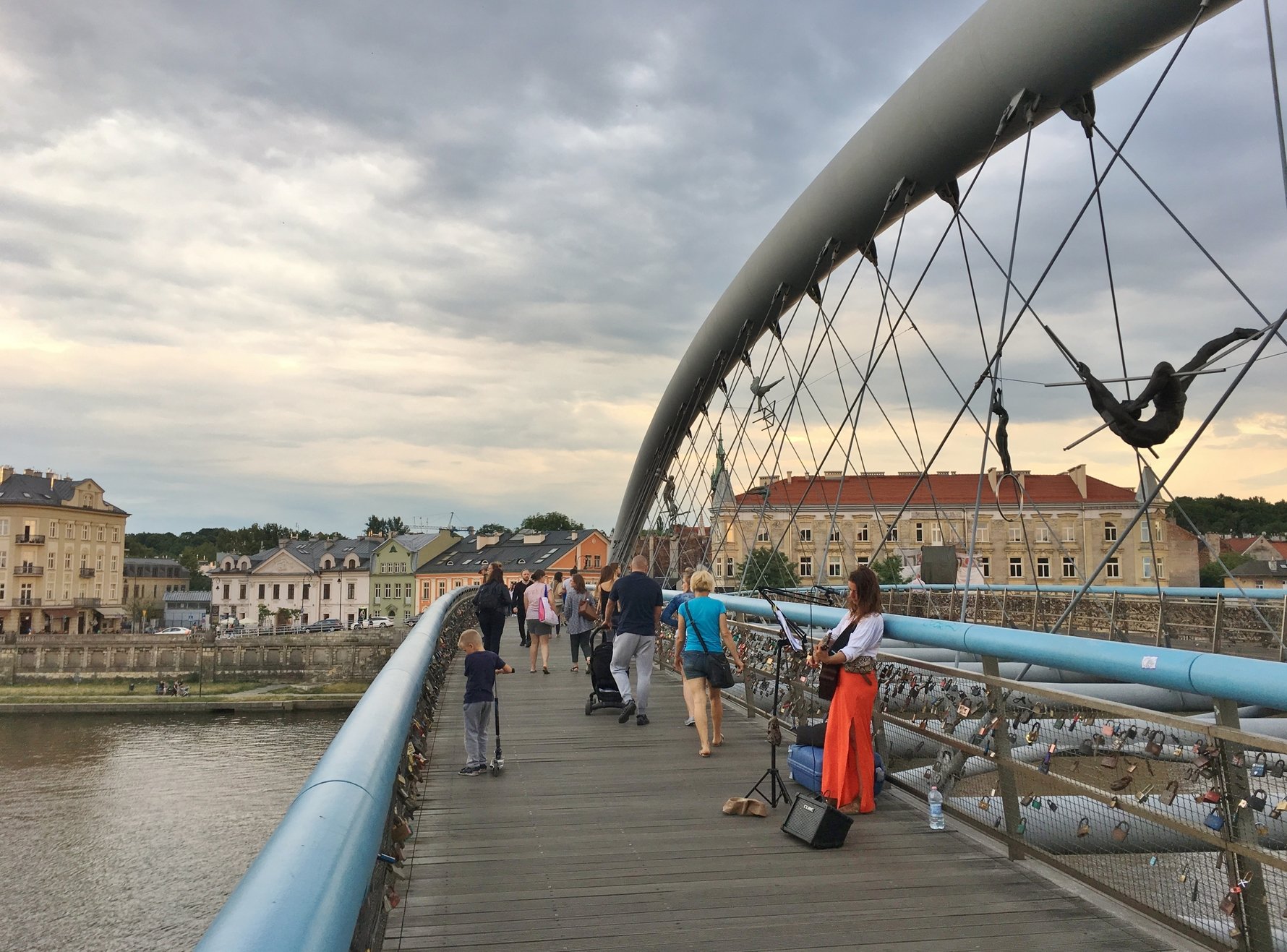
Districts of Podgórze: What to See
One of Kraków’s largest administrative districts, there are basically three areas of interest to tourists on this side of the river: Old Podgórze - once the historic centre of an independent city, this area also happens to be the territory of the former Jewish Ghetto; Zabłocie - the former industrial area east of Podgórze’s historic centre where you’ll find several museums including Schindler’s Factory; and Krzemionki - the large territory of scenic limestone cliffs which rise above the historic centre and extend all the way to Krakus Mound. Old Podgórze (Stare Podgórze) and Zabłocie can largely be explored in one day, especially if you rent a bike, while Krzemionki should be considered a separate adventure.
Exploring Old Podgórze
Begin by crossing over the picturesque Bernatek footbridge and enjoy the neighbourhood atmosphere of the cafes, ice cream parlours and restaurants immediately along ul. Brodzińskiego en route to Rynek Podgórski to see the stunning St. Joseph’s Church. Next work your way to Podgórze’s other main square - Plac Bohaterów Getta, today a memorial for the victims of the Ghetto. Ulica Jozefińska will not only lead you that way, but also still possesses a certain aura connected to those times; keep your eyes peeled for plaques describing the role of several of the buildings during the time of the Ghetto, and also an enormous mural dedicated to local sci-fi author Stanisław Lem.

For those that don’t have the strength for the 3hr undertaking that is the Schindler’s Factory Museum (or Auschwitz for that matter), the Eagle Pharmacy on Plac Bohaterów Getta provides a manageable (but just as moving) alternative, particularly for those with an interest in the wartime experience of the city’s Jewish community; if you’re more of a general WWII buff, you’ll probably prefer the larger scope of Schindler’s Factory. Head to the latter via the Plac Bohaterów Getta underpass and then down ul. Kącik, or make a detour to see a stretch of the original Ghetto Wall still standing on ul. Lwowska.
Exploring Zabłocie
Once you’ve crossed under the train tracks you’ve entered Zabłocie. Historically an industrial area that arose in the late 19th and early 20th century, many of Zabłocie’s state-run factories closed or stagnated after 1989. Today this is the city’s most rapidly developing neighbourhood as old factories and warehouses are being torn down and replaced with modern apartment complexes and office buildings, or in some cases converted into cultural venues and restaurants, as is the case along ul. Lipowa. Advertised as artsy and cutting-edge (by the realtors of its high-rent apartment buildings), in reality Zablocie is quickly becoming little more than a transit stop for tourists, and an overpopulated housing development full of young families lamenting the lack of trees in the neighbourhood. In addition to Schindler’s Factory, MOCAK is very much worth a visit, but if you aren’t interested in these museums there’s not much reason to investigate the area, unless you're doing a study on gentrification.
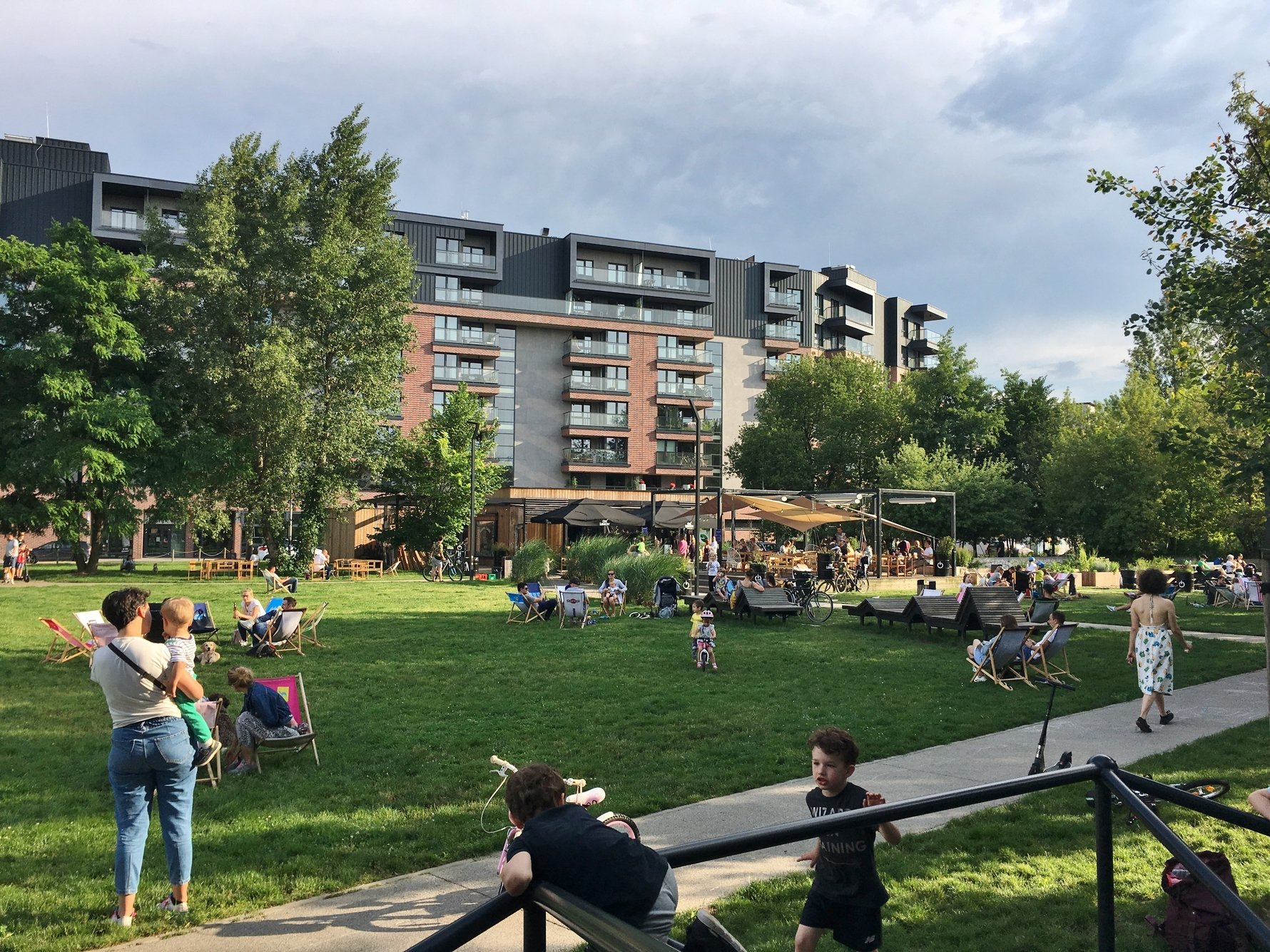
Exploring Krzemionki
In contrast, if you’re looking for more of an active outdoor adventure exploring Kraków’s less tourist-trampled territory, Krzemionki is for you.
This scenic upshot of limestone cliffs rises above Old Podgórze and extends south all the way past Krakus Mound to the haunting grounds of KL Płaszów - the former Nazi concentration camp. One could enjoy an entire day just exploring the breadth of Bednarski Park between St. Joseph's and the TV Tower, but for intrepid tourists we highly recommend trekking to the area of Lasota Hill and then beyond it to Krakus Mound and Liban Quarry.
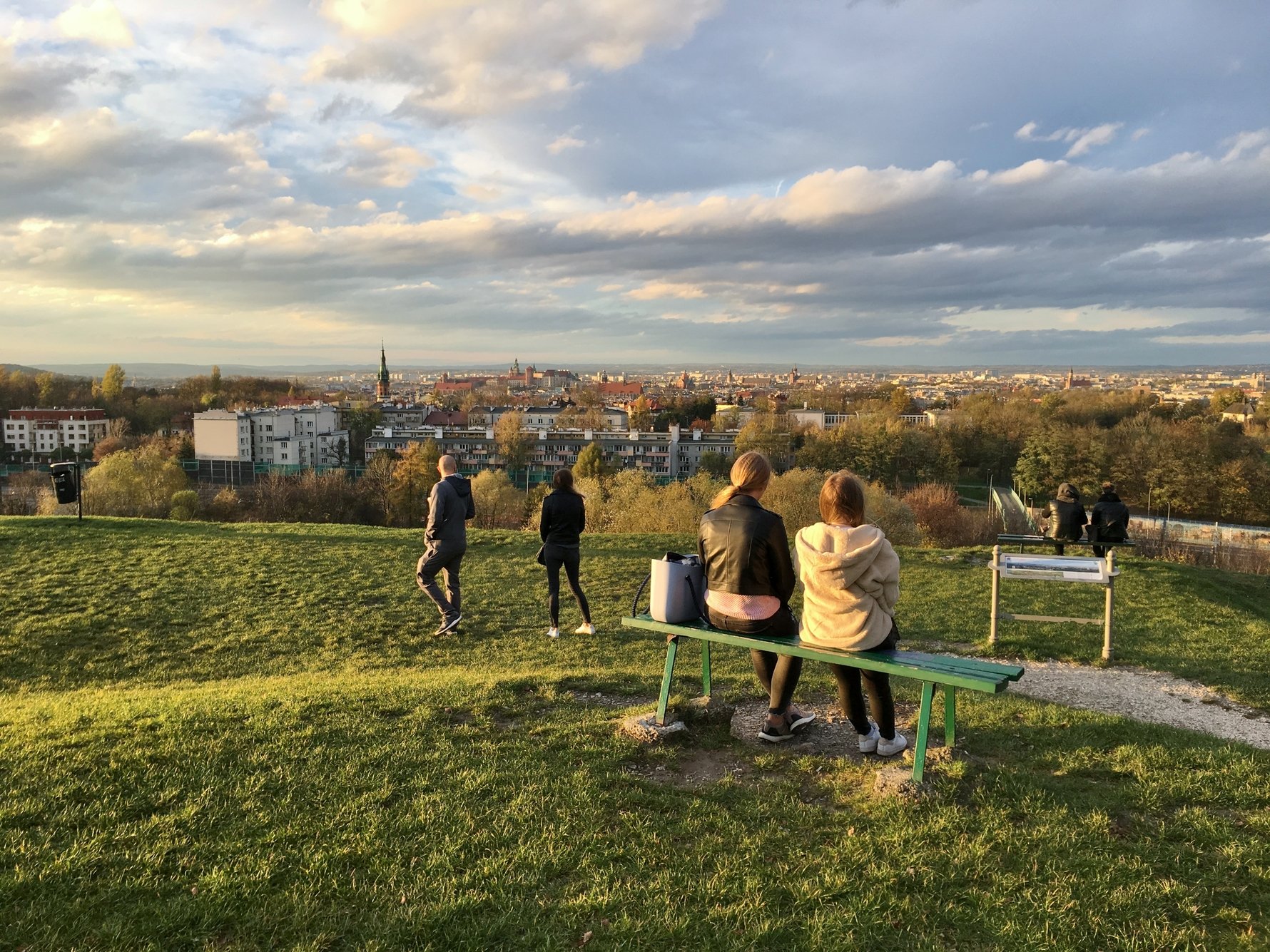
A bike won’t help you here; ditch it on ul. Rękawka and take the rocky dirt trail just past ul. Krakusa, which leads up into the woods. This will lead you straight to Lasota Hill, and to complete your urban hike all the way to Krakus Mound and back you’ll probably want to set aside a couple hours. Packing some food would be wise since there won’t be any opportunities to buy anything en route. And if you really do it right you’ll be enjoying panoramic views of the sun setting behind the Old Town while cracking a victory beer atop the Mound. Congrats, and cheers.



_m.jpg)
_m.jpg)

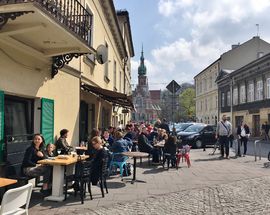
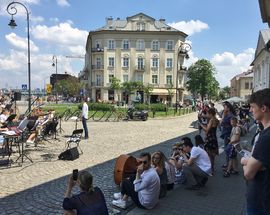
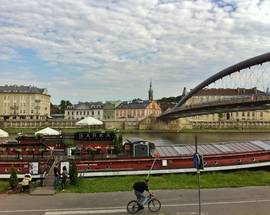
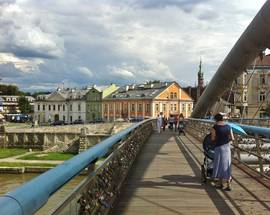
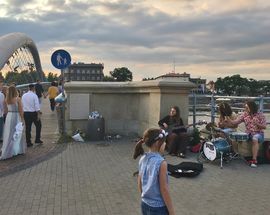
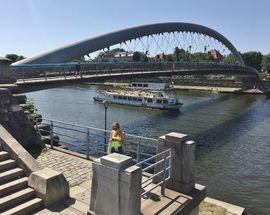
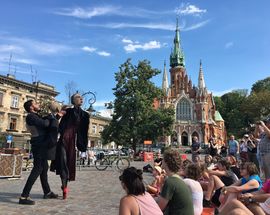
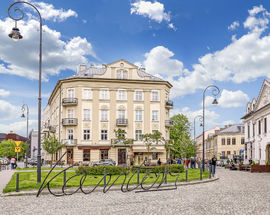
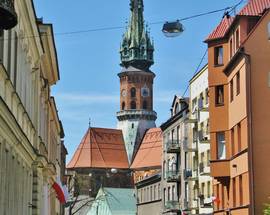
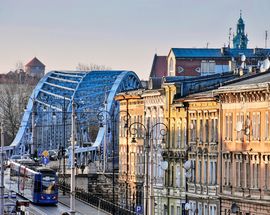
-1_m.jpg)
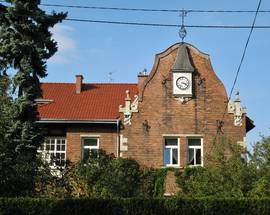
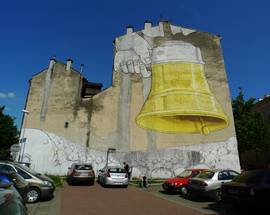
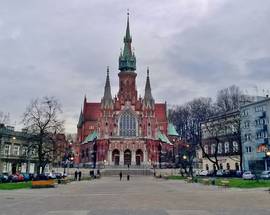
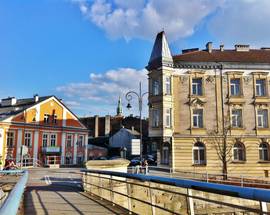
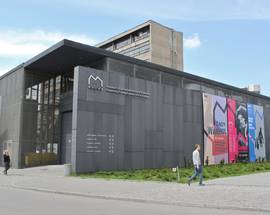
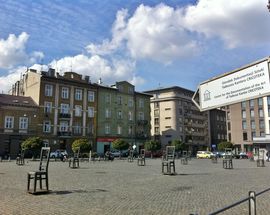

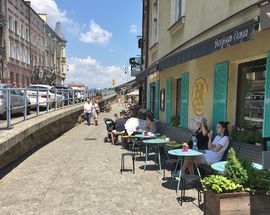


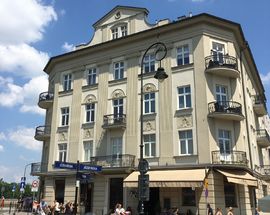
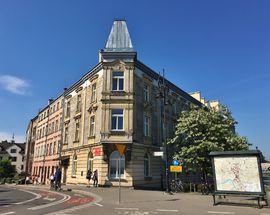
_m.jpg)
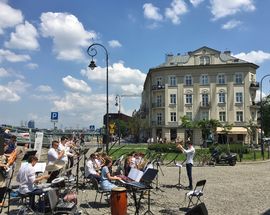
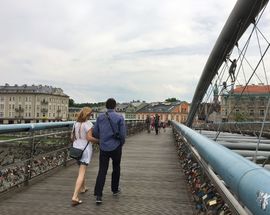
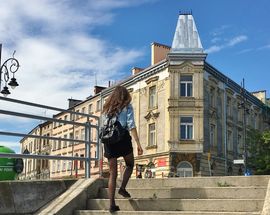
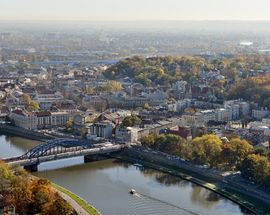
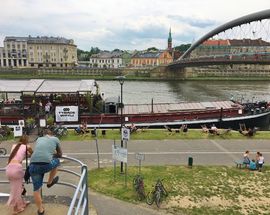
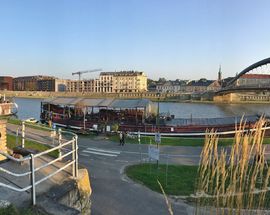



Comments